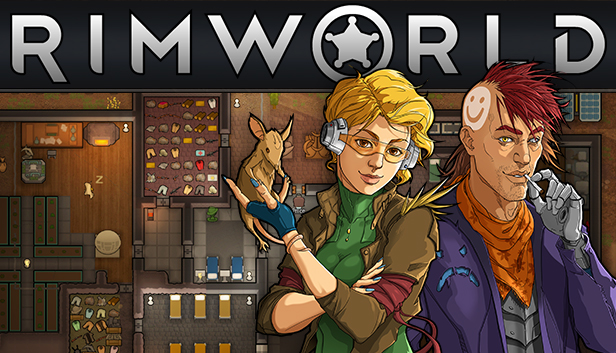
RimWorld isn’t just a colony simulator, it’s a storytelling engine where one bad decision can lead to your entire colony’s downfall. One of the most important factors that determines your success or failure is base layout. Whether you’re playing on a temperate forest or an ice sheet, how you design your base affects everything: from defense and power to food storage and colonist efficiency. In this guide, we’ll explore the most effective base layouts, their pros and cons, and how to design your colony for long-term survival.
The Importance of Base Layout in RimWorld
Your base layout influences colonist movement, work speed, defense strategies, and even how well you can recover after a disaster. A poorly organized base leads to inefficient workflows, longer travel times, and more vulnerable spots during raids.
When designing a layout, always consider these core elements:
- Colonist efficiency (minimize walking distance)
- Defensibility (natural chokepoints, killboxes)
- Power grid safety (fire spread and battery explosions)
- Temperature control (especially in cold or hot biomes)
- Storage and food preservation
Top Base Layouts for Different Playstyles
1. Killbox-Centric Fortress
Best for: Combat-heavy playthroughs, mountainous maps
A killbox layout focuses on funneling enemies through a single, heavily defended entryway. Typically used by experienced players, this design gives you massive control over how raids unfold.
Pros:
- High defense efficiency
- Minimal colonist casualties
- Easy to scale with turrets and traps
Cons:
- Resource-heavy to build
- Less immersive if you want a more “realistic” colony feel
Tips:
- Build double-thick outer walls
- Use sandbags, spike traps, and auto-turrets
- Leave some escape tunnels for colonists
2. Centralized Compact Base
Best for: New players, cold biomes
This layout places all important rooms around a central hallway, reducing travel time and improving temperature management.
Pros:
- Great for cold/heat retention
- Very efficient workflow
- Easy to defend from early raids
Cons:
- Vulnerable to fire if not compartmentalized
- Less flexible for large colonies
Tips:
- Use stone walls to prevent fire spread
- Keep batteries and power rooms isolated
- Build double doors between zones for better insulation
3. Modular Grid Base
Best for: Balanced gameplay, medium to large colonies
Each module (room or area) is designed to serve a specific purpose: bedrooms, workshops, farms, etc., often arranged in a grid with clear pathways.
Pros:
- Extremely organized and scalable
- Easy to troubleshoot problems
- Perfect for mid-to-late game colonies
Cons:
- Can look “mechanical” or unnatural
- Requires advanced planning
Tips:
- Leave room for expanding individual modules
- Use flooring for pathing boosts
- Keep work-related rooms near resource stockpiles
4. Mountain Base
Best for: Extreme climates, defense-heavy players
Built entirely into mountains or hills, this type of base offers natural protection and excellent temperature insulation.
Pros:
- Very easy to defend
- Ideal for long-term temperature control
- Fireproof interiors
Cons:
- Slow to expand (mining-intensive)
- Higher risk of infestations (insects spawn in overhead mountains)
Tips:
- Use wooden walls in early game to speed construction, replace later
- Install sterile tiles in medical/research areas to reduce disease
- Place light sources carefully to prevent mood penalties
5. Open Village Layout
Best for: Roleplayers, relaxed storytellers
This layout spreads buildings like a real town or village, often without exterior walls, giving a more immersive and narrative-rich colony experience.
Pros:
- Natural, aesthetic colony design
- Easier to tell emergent stories
- Great for roleplay or YouTube series
Cons:
- Poor defensibility unless highly micromanaged
- Harder to manage travel distances and weather exposure
Tips:
- Use fences or traps to create soft defense zones
- Position homes close to gathering or dining areas
- Place heaters and coolers strategically to protect in harsh seasons
Conclusion
In RimWorld, base layout is more than just aesthetics, it’s survival. A well-designed colony keeps your PEH 888 pawns safer, more productive, and better prepared for the chaos that the AI storyteller will inevitably bring. Whether you’re building a killbox fortress or a peaceful open village, understanding the strengths and limitations of each layout style is the first step to mastering the game. Adapt your design to your biome, playstyle, and long-term goals, and your colony will not only survive but thrive.